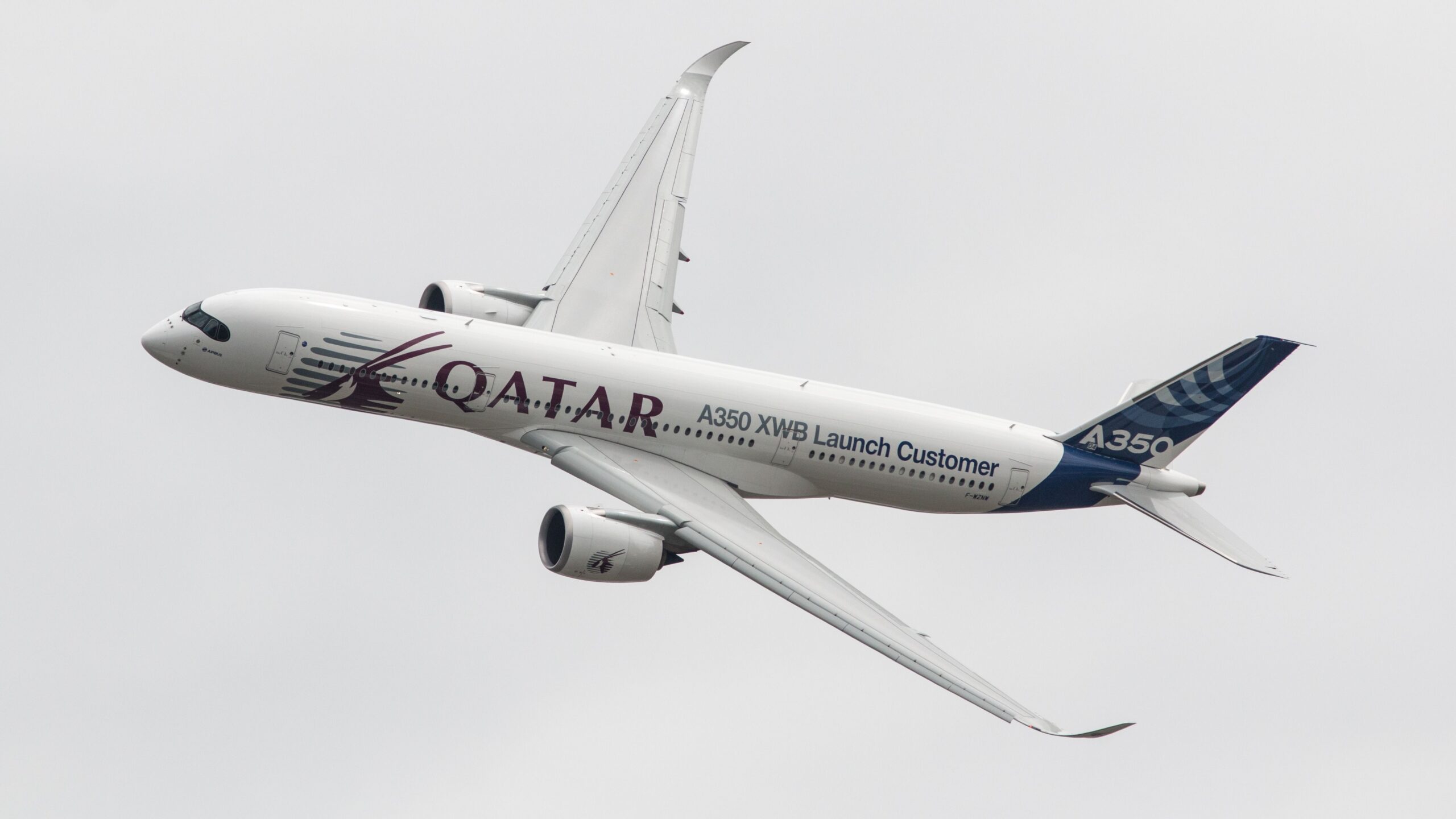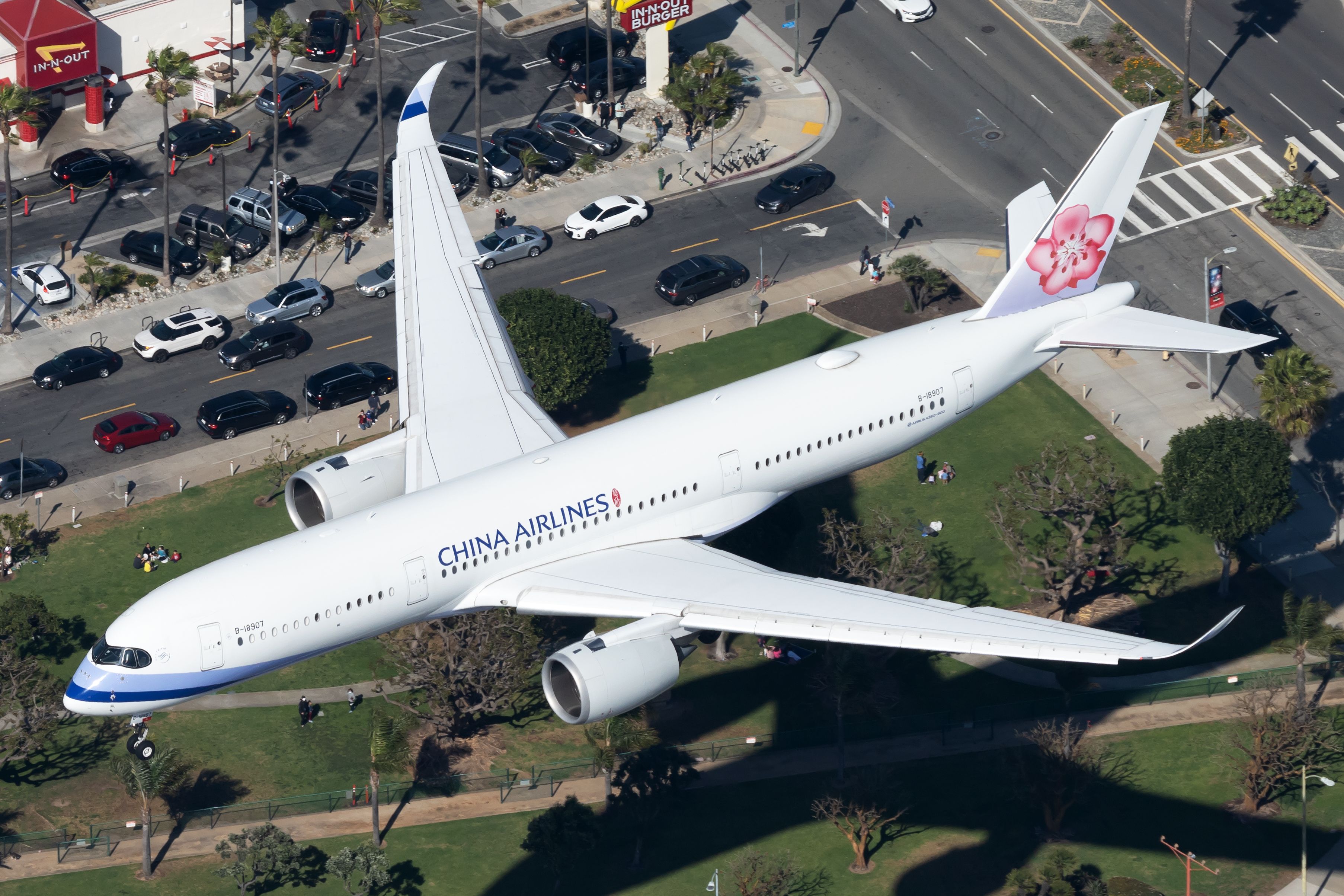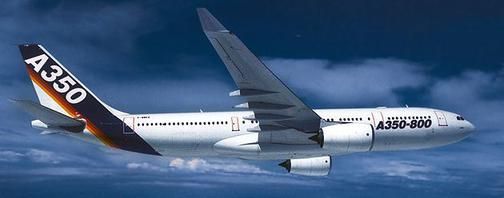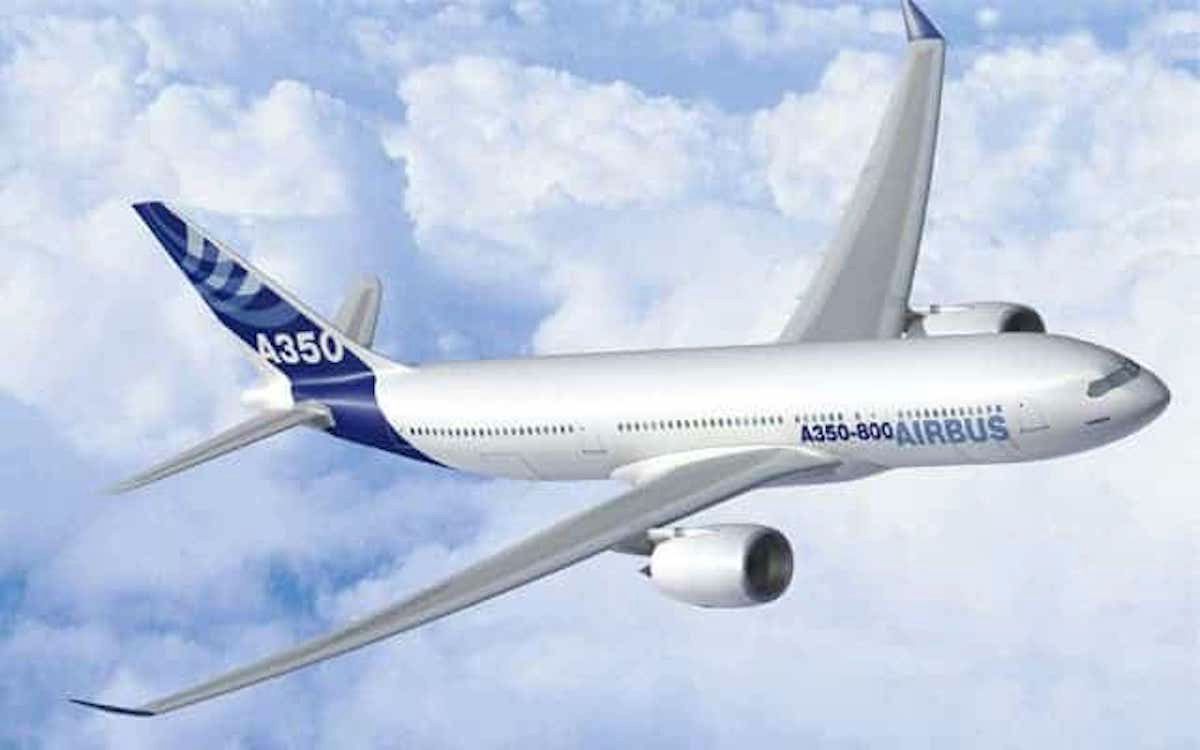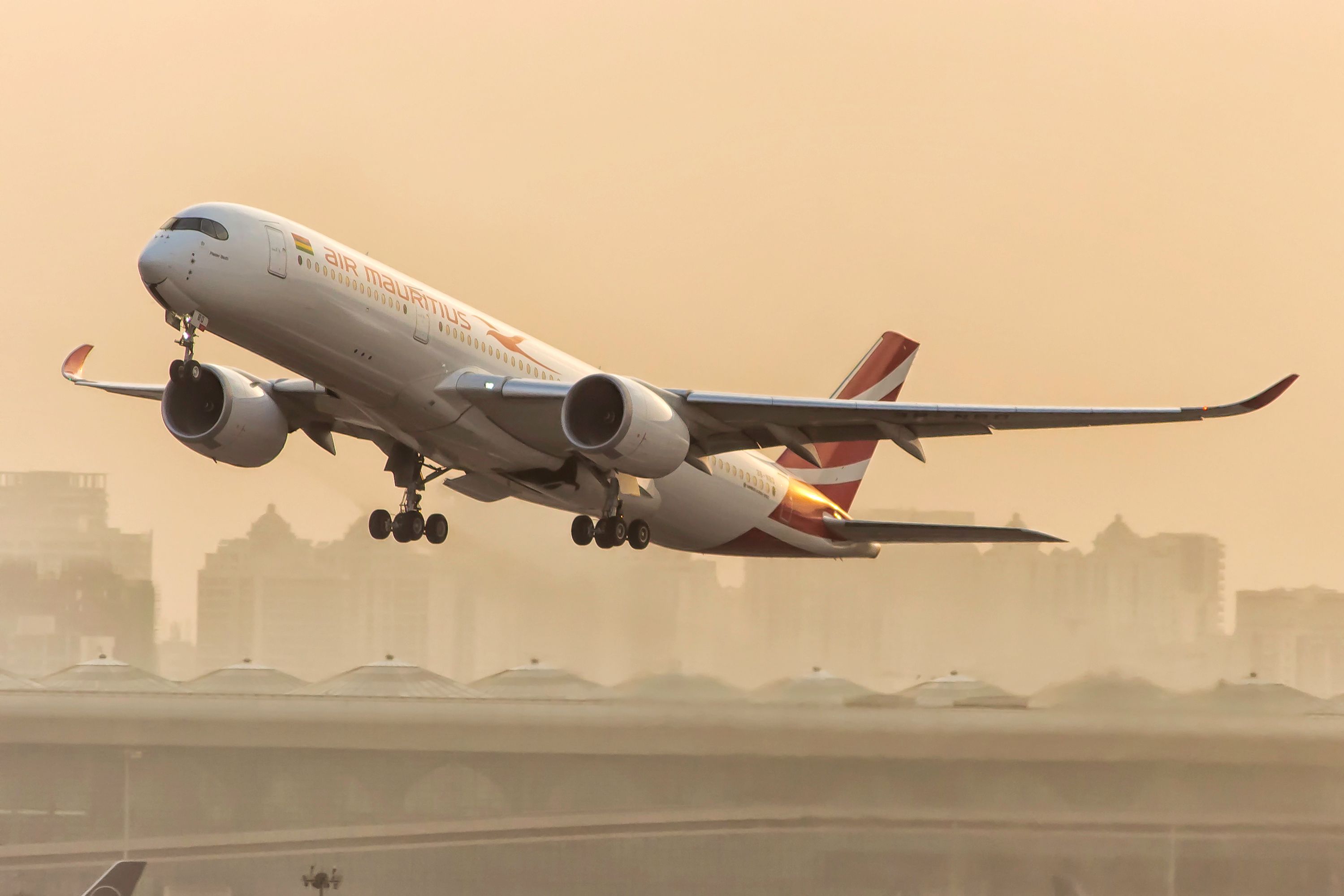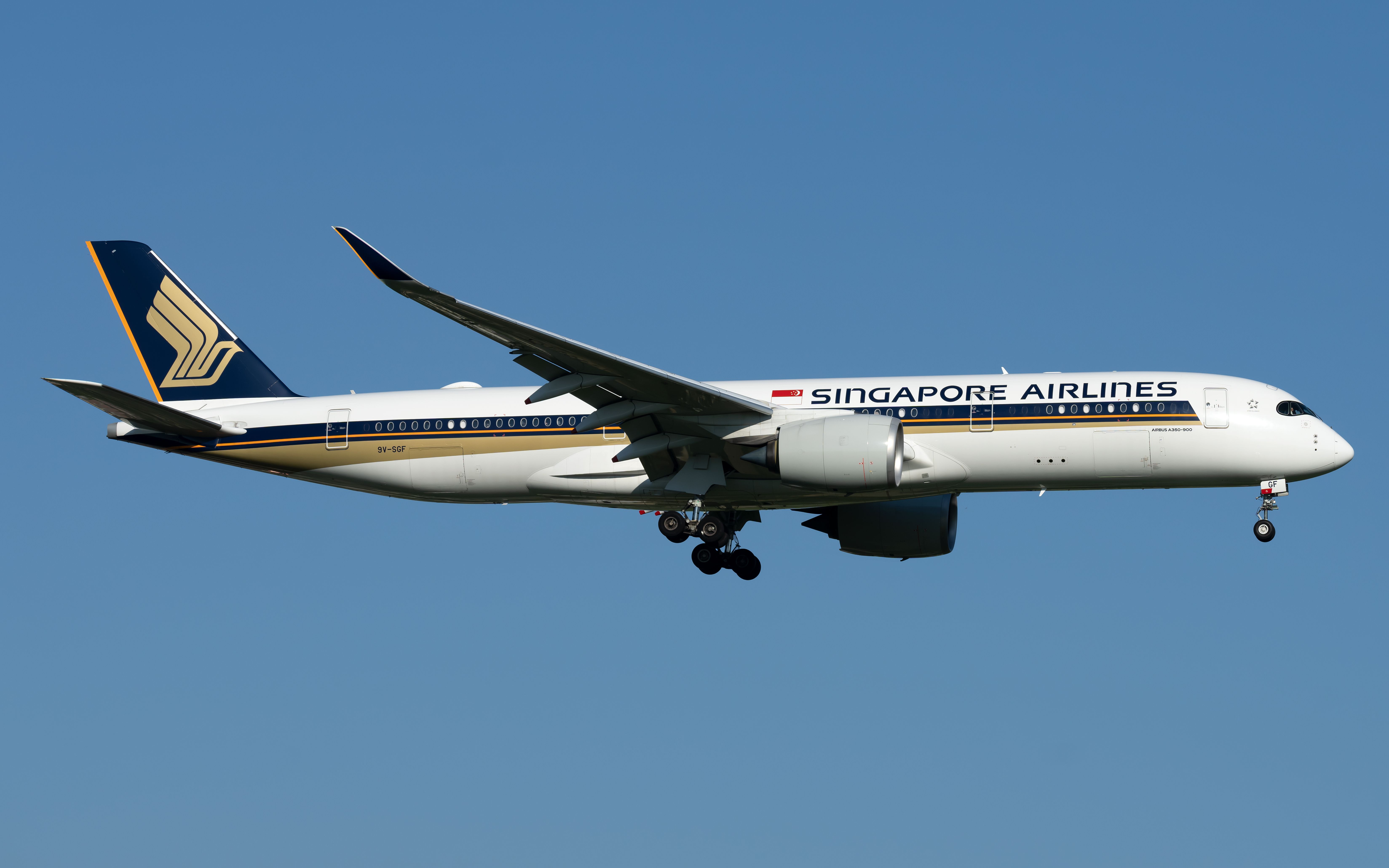On October 6th, 2005, Airbus held the “industrial launch” event for its new aircraft – the long-range A350 family, consisting of the -900 and -800. This new type was the company’s answer to the Boeing 787. While it was designed to incorporate the latest technologies of the time, including composite wings and new engines, the aircraft originally looked startlingly similar to the A330.
The first A350 design – nothing like the final product
Designing an aircraft and bringing it to market is a tremendous undertaking that consumes large amounts of time, energy, and financial resources. Throughout this lengthy process, numerous changes may be made to the original design before the aircraft is manufactured and delivered to airline customers. That is precisely what has happened between the original Airbus A350 and the production model we see flying today.
Photo: Vincenzo Pace | Simple Flying
Indeed, the two jets look pretty different from one another. The Airbus A350, when it was first launched, looked incredibly similar to the A330, with:
- Sharp-edged, angular winglets
- A nose that had a nearly identical profile to the A330
- A similar cockpit window arrangement to the A330, complete with that little notch on the top corner of the last window on each side.
In case you haven’t seen it yet, this video from the 2005 launch event gives us a good idea of just how much Airbus changed between the product launch and the production model:
Indeed, it wasn’t just a difference in appearance. As noted in a presentation slide displayed at the event, the aircraft was also supposed to be powered by General Electric’s GEnx powerplant – the “A350 GEnx.” As you may already know, this did not remain part of the plan, as the Airbus A350, in its final form, continues to be exclusively powered by the Rolls-Royce Trent XWB powerplant.
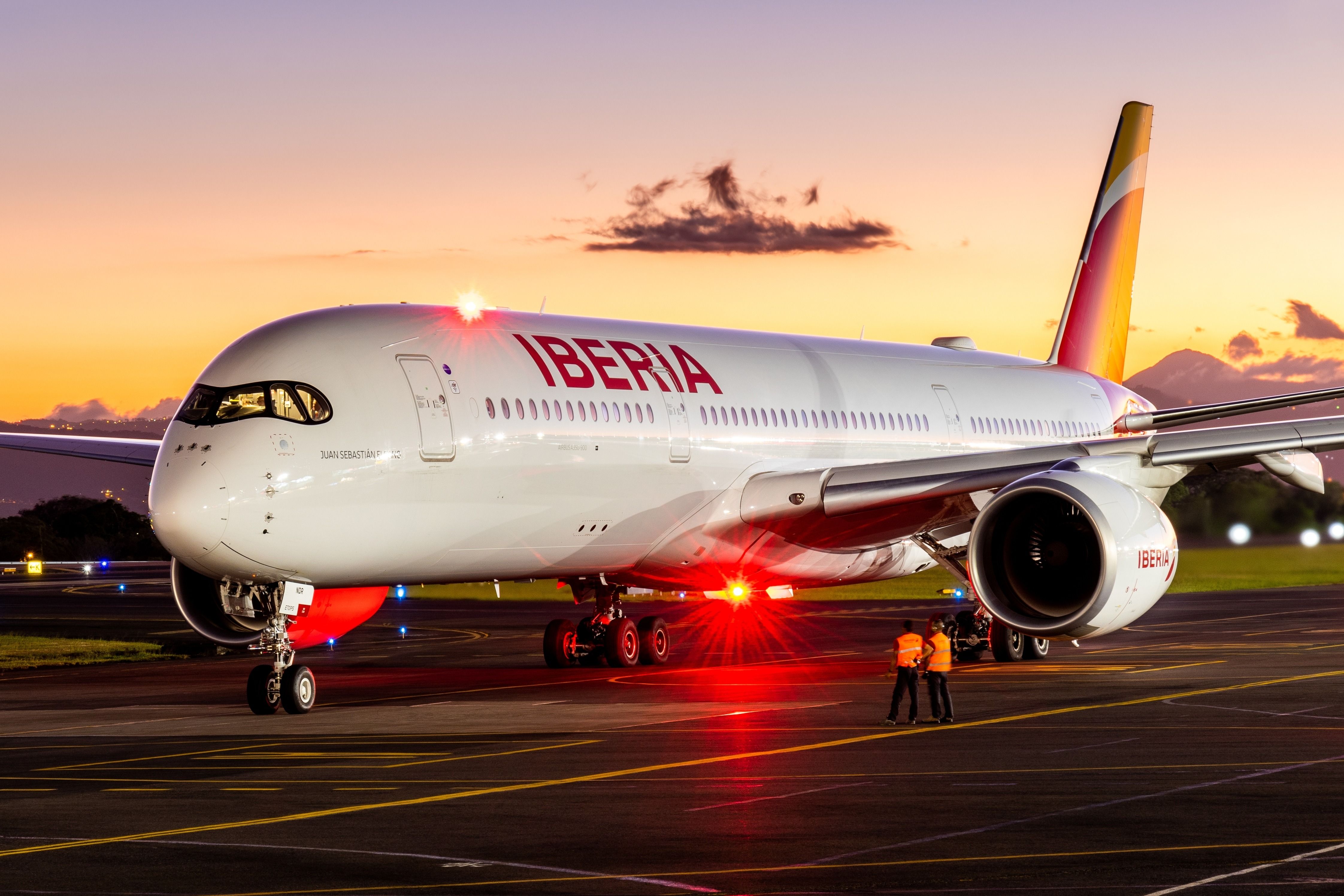
You might also like:
How Composite Materials Make The Airbus A350 A Gamechanger
Using lightweight and robust composites reduces net fuel burn and minimizes maintenance costs.
What happened?
While the industrial launch event would see Airbus announce commitments from nine customers for 140 firm orders, some in the industry were unhappy with the 2005 design. Indeed, some of the manufacturer’s largest customers were publicly critical of the A350. For example, according to The Wall Street Journal, the CEO of Singapore Airlines at the time, Chew Choon Seng, said,
“Having gone through the trouble of designing a new wing, tail, and cockpit, [Airbus] should have gone the whole hog and designed a new fuselage.”
As noted by Aviation Week, Steven F. Udvar-Hazy, the Chairman of International Lease Finance Corp. (ILFC), publicly criticized Airbus’ design, stating that it was too dependent on the A330. Udvar-Hazy urged the manufacturer to scrap its plan and commit to a clean-sheet design. Henry Hubschman, the President of GE Capital Aviation Services (GECAS), shared this sentiment as well.
Photo: Airbus
Listening to some of its largest customers, Airbus returned to the drawing board and redesigned the A350, unveiling the revision at the 2006 Farnborough Airshow. This new design would be much closer to the final production model, sporting curved, blended winglets in addition to sleek, curved cockpit windows.
Photo: BoeingMan777 | Shutterstock
Around the same time, Airbus would close the door on the possibility of powering the A350 with GEnx powerplants. According to Aero News Network, Airbus Chief Commercial Officer John Leahy was quoted as saying:
“GEnx engines don’t work for us at all…We have no intention of putting their GEnx engine on the A350 at all. It has to be a generation beyond.”
However, by that time, several major carriers had already opted for the Airbus A350’s rival, the Boeing 787. These carriers included Qantas and Singapore Airlines, which both did go on to eventually order the A350, with Singapore Airlines becoming the world’s largest operator of the type.
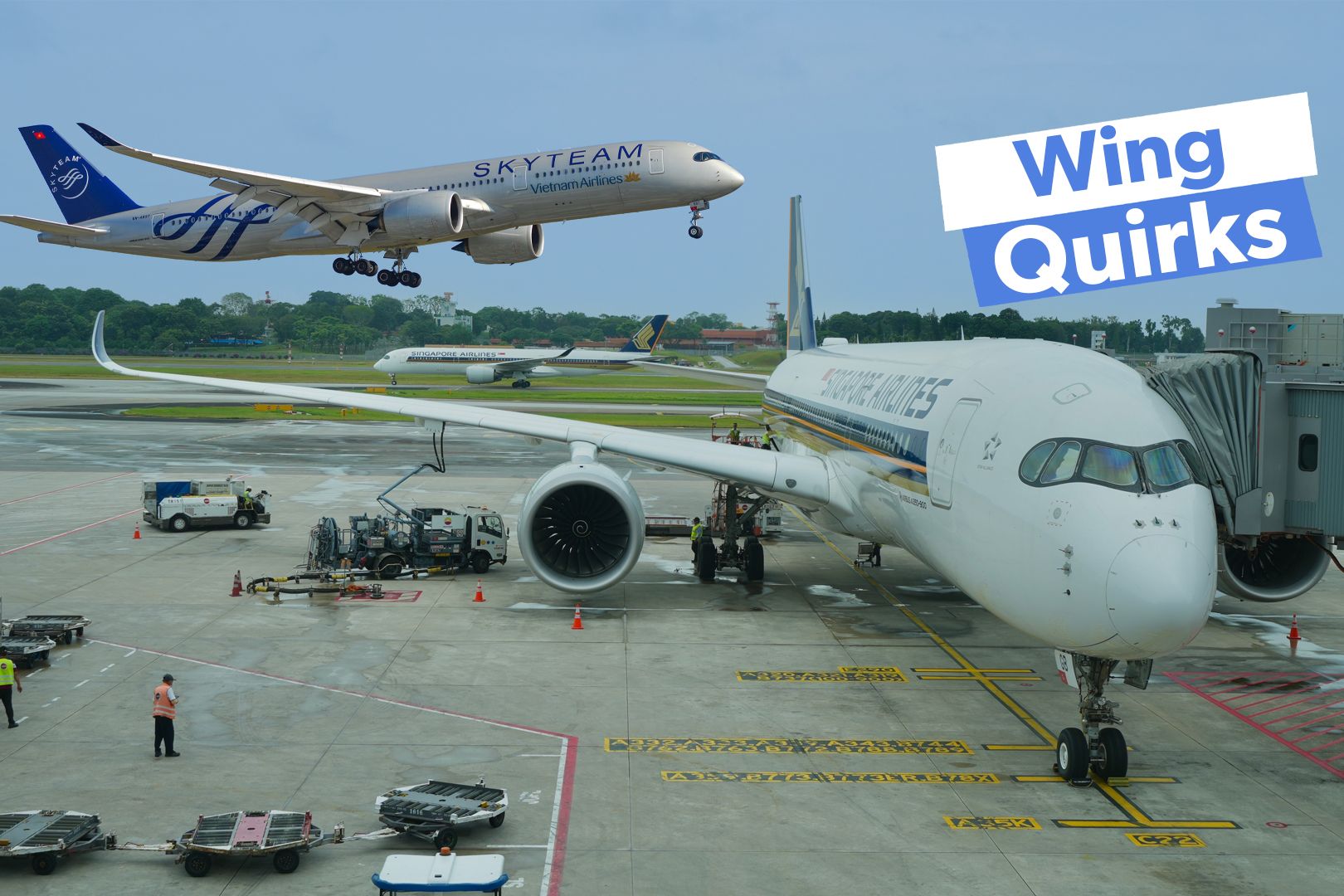
You might also like:
How The Airbus A350-900 & A350-1000 Have Different Wing Sizes Despite Sharing The Same Wingspan
The A350-1000 wing has an extended trailing edge.
The Airbus A350 today
Despite the initial uncertainties around the Airbus A350’s design, the aircraft has since gone on to be a commercial success for the European manufacturer. More than 600 A350s have been built and delivered since production began in 2010, and Airbus still has a sizable backlog of around 700 aircraft awaiting delivery.
The largest operator of the Airbus A350 is currently Singapore Airlines. The latest data from ch-aviation shows that the Star Alliance carrier has a total of 64 A350s in its fleet, made up of 57 A350-900s and seven A350-900ULRs.
Photo: Vincenzo Pace | Simple Flying
Singapore Airlines is the only operator of the A350-900ULR, which features a unique business class and premium economy-only layout, and deploys the aircraft on some of the world’s longest flights, such as Singapore (SIN) to New York (JFK) and Singapore (SIN) to Newark (EWR).
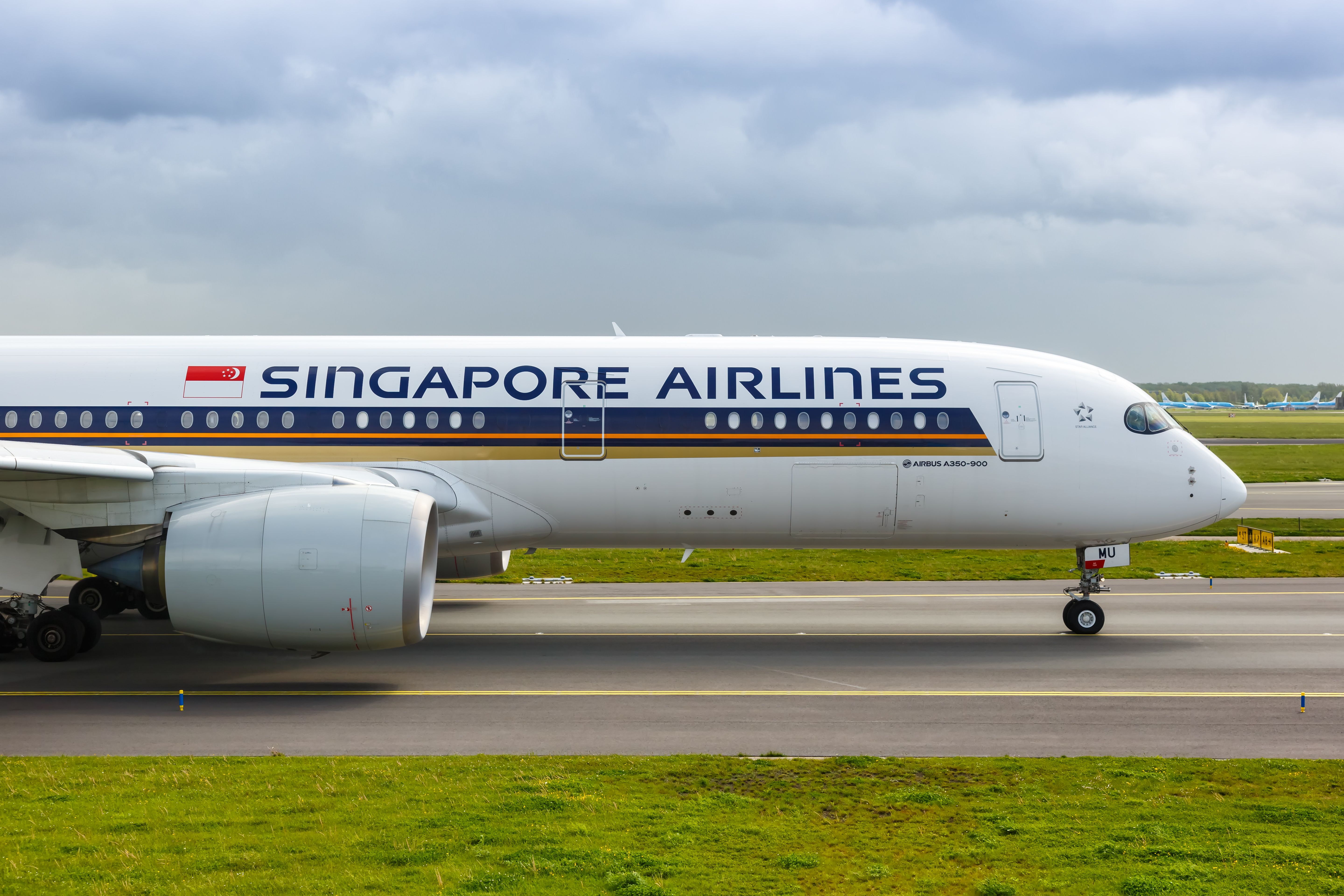
You might also like:
Why Does The World’s Longest Flight Not Have Economy Class?
Singapore Airlines’ flights to Newark and New York JFK are the longest in the world, but the carrier does not offer economy class on the routes.
The next largest operators of the Airbus A350 are:
- Qatar Airways (58)
- Cathay Pacific (48)
- Delta Air Lines (33)
- Air China (30).
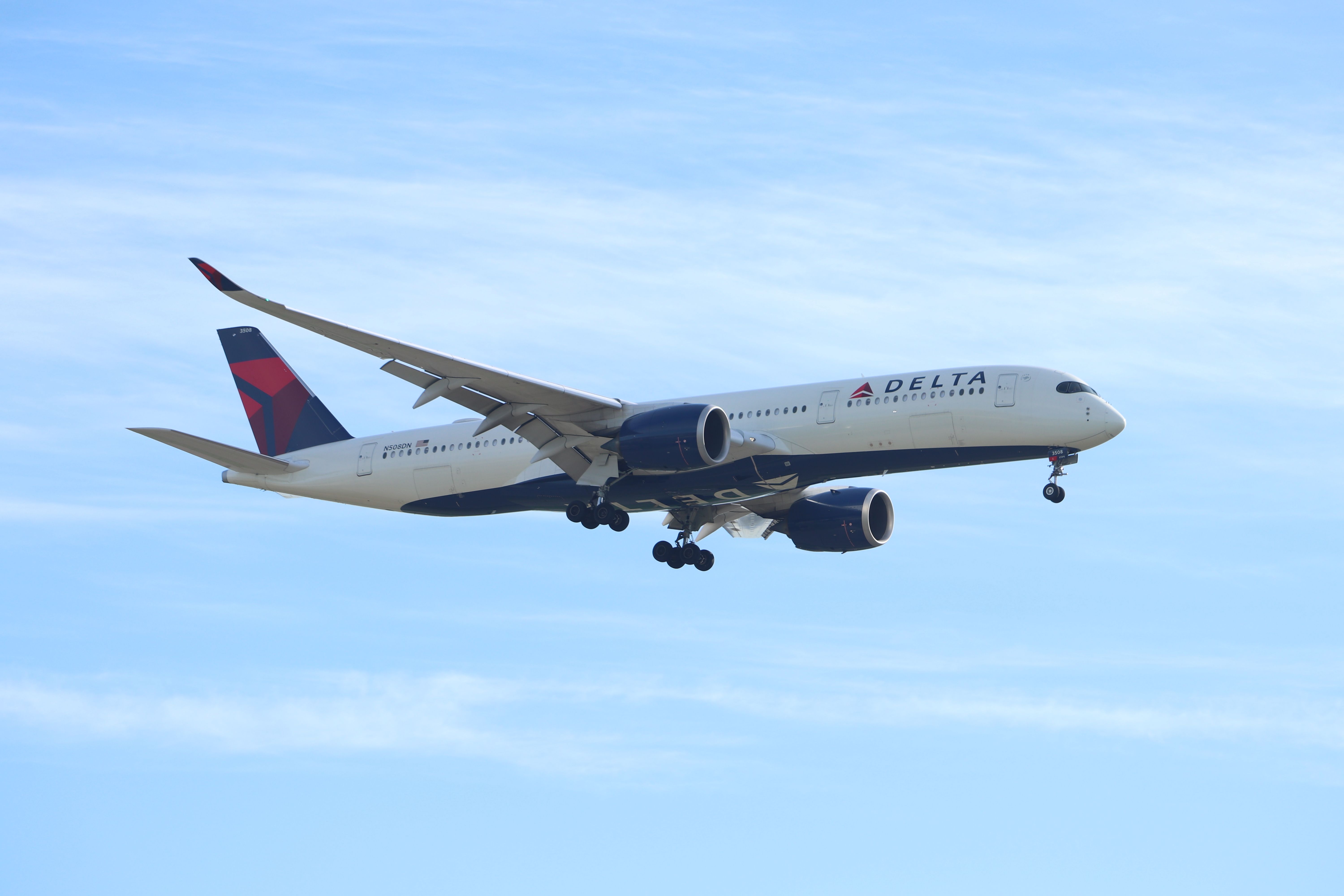
You might also like:
Delta Air Lines’ Airbus A350s: 5 Domestic Routes Served By The Next-Generation Widebodies
These aircraft serve some rather curious routes.

